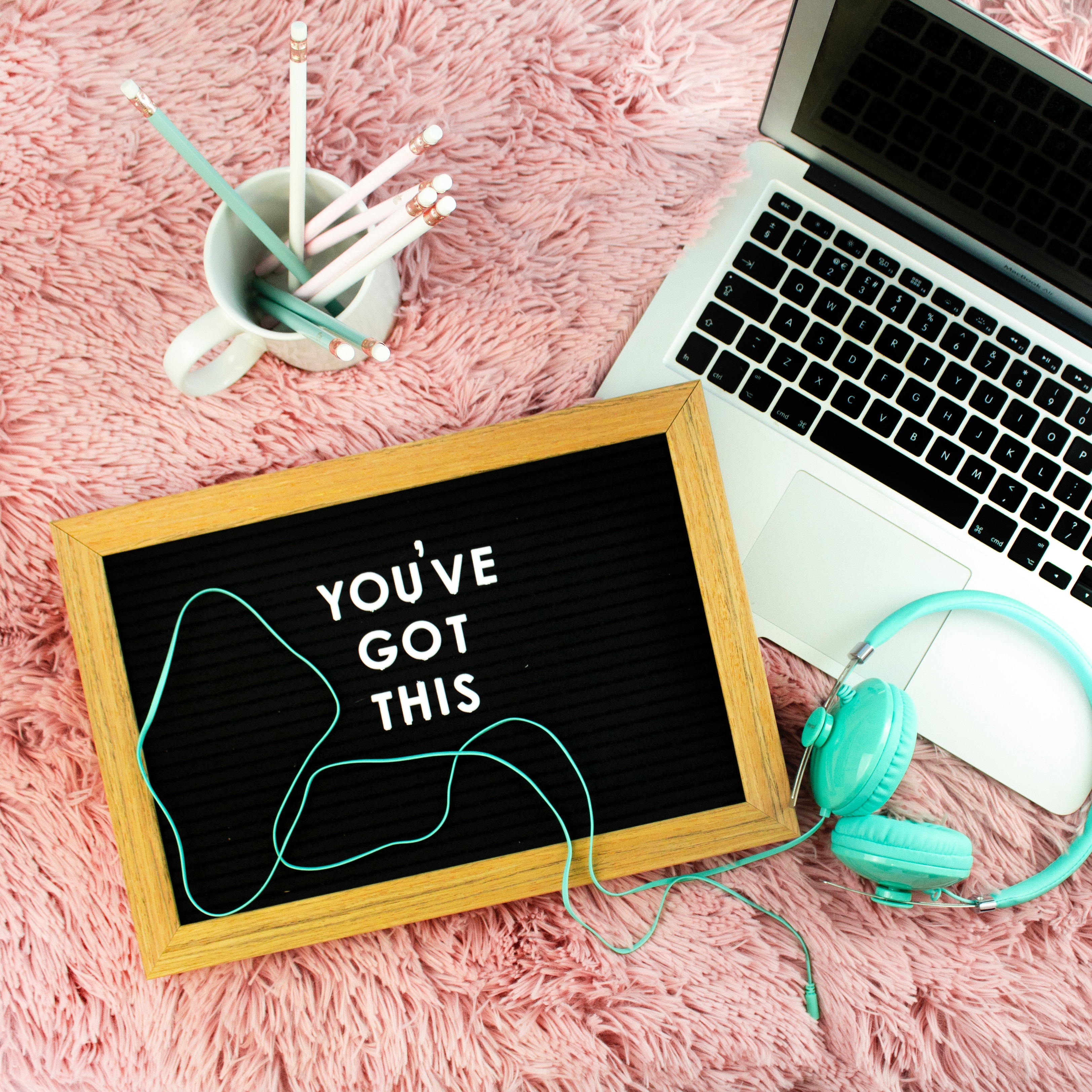Educational publishers are important stakeholders in the educational landscape, but you don’t hear much about them, and rarely do you hear what they are doing right. One area where publishers are doing a lot right is accessibility. Accessibility is usually considered within the context of assistive technology, but it’s actually way more than that.
Accessibility is a broad term that carries a lot of meaning—ranging from technical requirements for web content to less physical functions such as developing or producing content in a way that enables the purpose of the material to transfer to all learners.
Making content accessible to all learners goes hand in hand with assistive technology since the material must be written in a way that the technology can make sense of the content. It’s very confusing to hear a caption for a photo read as part of a story, instead of listening to a description of what the image is. Sound familiar? As I learned years ago in publishing, content is king or queen!

Like Reece’s Peanut Butter Cup, Accessible content and assistive technology go great together. Both have the same educational goals: to ensure that all students have access to the same material, and can work with the content the way they need to learn. Who wants to spend time guessing at what’s in a PowerPoint slide or miss an engaging video because there are no closed captions?
As an educator, understanding accessible content can be eye-opening. Not all assigned content will work well with assistive technology, and not all students will let educators know that they can’t access the content. Similarly, no two students are alike, so there’s no cutter-cookie solution to how even two students with similar learning profiles will access content.
With so much decision-making, where to begin?
Assistive Technology in K-12
In K-12, parents and teachers are accustomed to the Special Education Teacher working with the Assistive Technology Specialist to recommend and implement technology solutions based on a child’s IEP. There’s speech-to-text, text-to-speech, amongst dozens of plug-ins, add-ons, apps, programs, and devices such as IPads and Chromebooks. It’s dizzying.
When we realized that our daughter would need technology to assist with her academic survival and success, I led the charge with her school. In my days working for the major publishers, I had eagerly ridden the wave from print to digital technology, and I made it a point to embrace new technologies.
Transitioning over from educational technology, or more generalized technology tools, to assistive technology was easy. I attended webinars, kept a list of everything assistive technology related, including all of the apps and programs designed to help with particular skills. I followed the leaders in assistive technology on social media and even met in person with some of the greatest minds in this burgeoning field.
I made one major, mistake, though. I didn’t consider how the content was working with the technology, and more importantly, how our daughter would want to access the content. With a learning difference like dyslexia, accessibility can be very complex, and sometimes technology is not even the best solution.
A Mission to Make All Content Accessible
Publishers, working in partnership with authors and subject matter experts, are the content experts. They want content to delight all learners, and they want to make a difference.
According to Michele Bruno, Former Director of Accessibility at an EdTech Company “There is nothing more motivating than hearing from faculty how much of an impact the closed captions had on student learning of the video material. Likewise, from students how the digital accounting journal format and alternate text descriptions helped a user with vision impairments complete a retake of a class because the first time around the material was not ‘readable’ by their assistive technology. Imagine a student who is blind finally deciding on nutrition as a major thanks to the experience with using a course application designed with accessibility in mind.”
All of us have a lot to learn about accessibility and assistive technology. What we do know is that everyone needs access to the same content and materials, but it’s often hard to find the best solutions and sometimes to find a balance.
Assistive Technology & Balance
In an earlier post, I interview Kevin Pendergast, Head of The Kildonan School, a school for kids with language disabilities, and Kevin speaks explicitly about the need for balance in technology, “We take advantage of it (technology) in a balance with traditional pencil-and-paper skill-building….” There is no doubt that balance may be the secret sauce.
In the future, our special education teachers will be digital natives, and they will most likely have expertise in what and how to use technology to help different learners, and they will become our go-to experts. Until then, educators, publishers, parents, and assistive technology professionals all need to stick together to figure out the best balance for each learner.
So, who’s keeping an eye on accessible content? Yes. The educational publishers! Accessibility is a journey. The first step in the journey is awareness.
